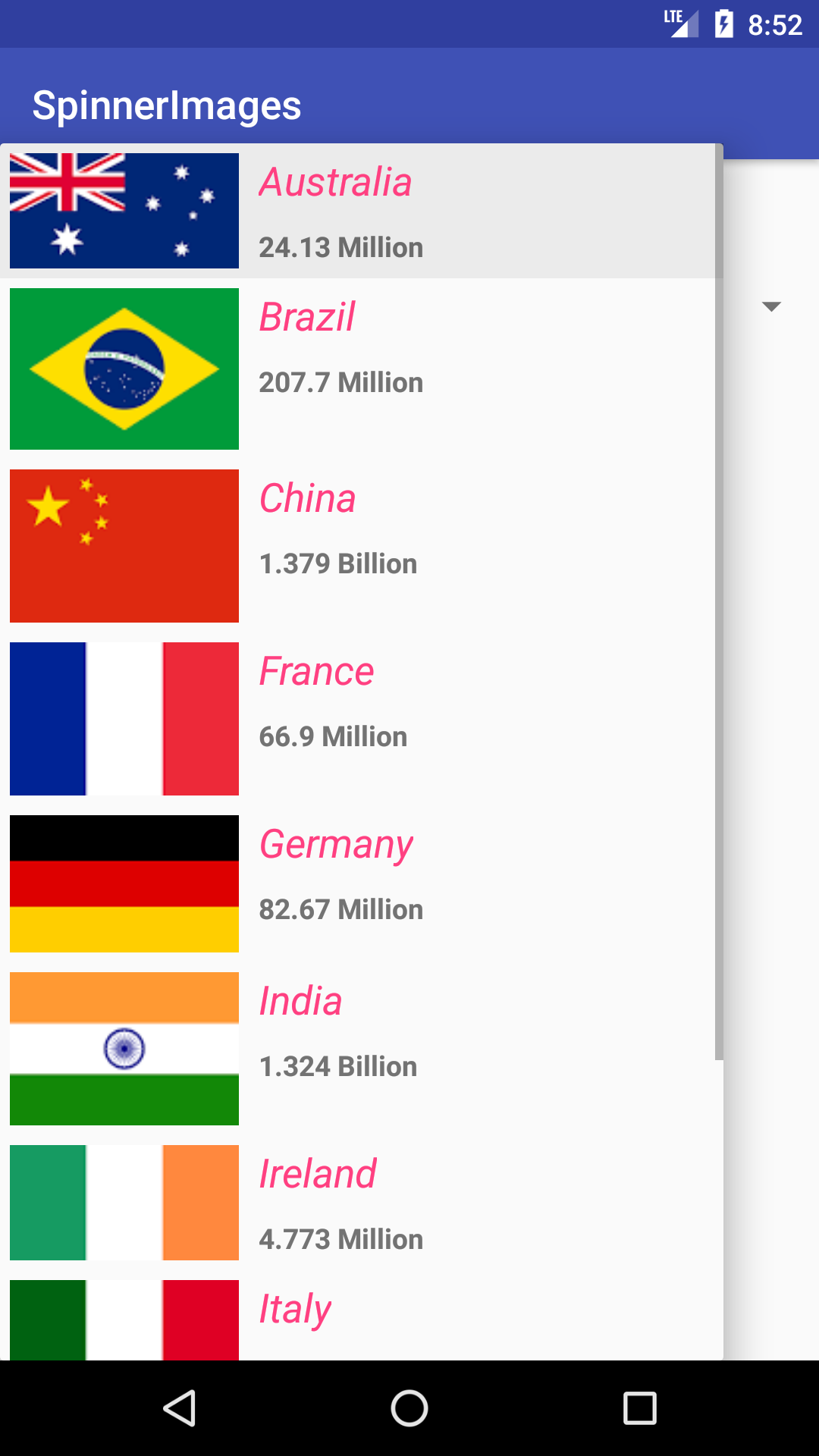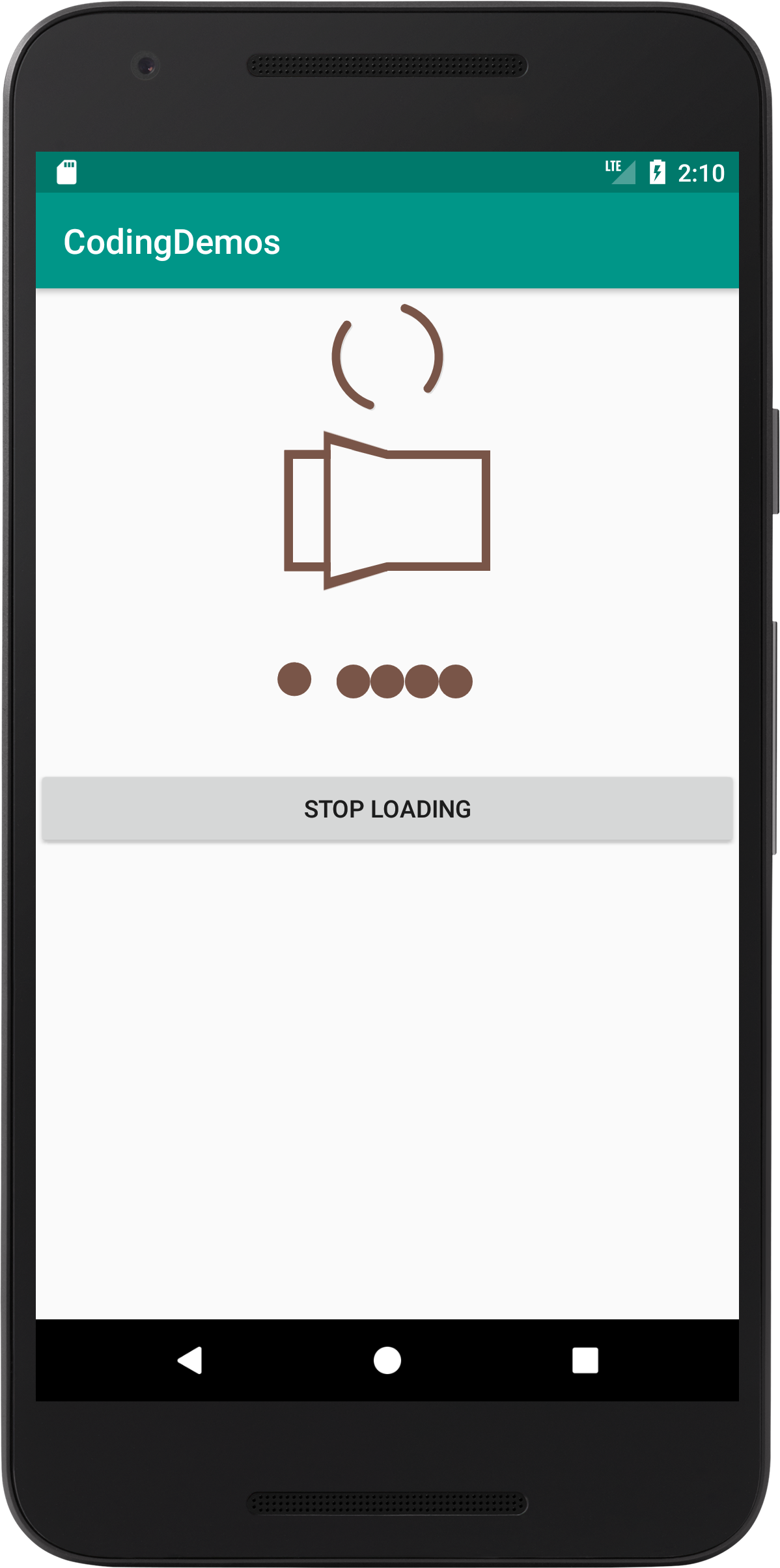
Simple Two-Way Data Binding with Listeners: A Quick and Dirty ApproachĪ quick way to achieve two-way Data Binding works in the same way as regular, “one-way” Data Binding. You can make it extend from the AndroidX ViewModel class if you are so inclined, but that goes beyond the scope of this blog post. Here, a View Model is simply a class that holds view state. Also bear in mind that these examples use View Models, but they are not using the Jetpack library of the same name. The examples here are made with the MVVM architecture in mind, but they apply to any object that’s being attached to a view with Data Binding. You’ll see a suboptimal way of setting this up first, and then take a look at the built-in two-way binding ( syntax. This is compared to a “traditional” or “one-way” Data Binding setup, where data would only move from your binding object to the layout.

Two-way Data Binding is a technique of binding your objects to your XML layouts so that the layout can send data to your binding object. This is where two-way Data Binding comes in. This is great because it allows you to define your view logic independently from the Android Framework (a boon for unit testing), but what if your view needs to set attributes on your object? If you haven’t tried out Data Binding yet, you can read more about it in one of our other blog posts, or on Google’s Data Binding documentation.ĭata Binding is built around the idea of using data from a regular Java/Kotlin object to set attributes on your layouts, and that’s the extent to which most people use it. It can also serve as the glue between the View and your View Model if you are using the MVVM architecture pattern on Android. Not only does it give you a type-safe, compile-time verified replacement to the standard findViewById method, but can also take care of all the heavy lifting in keeping your views up-to-date by seamlessly integrating your Java/Kotlin code with your XML layouts. If you’ve used Data Binding in an Android app before, you’ll know how it makes your life easier by simplifying the problems you face when building your UI. Includes disambiguation on view model vs.


Two-Way Data Binding on Android: Observing Your View with XML This post has been updated from the original 2017 version.


 0 kommentar(er)
0 kommentar(er)
